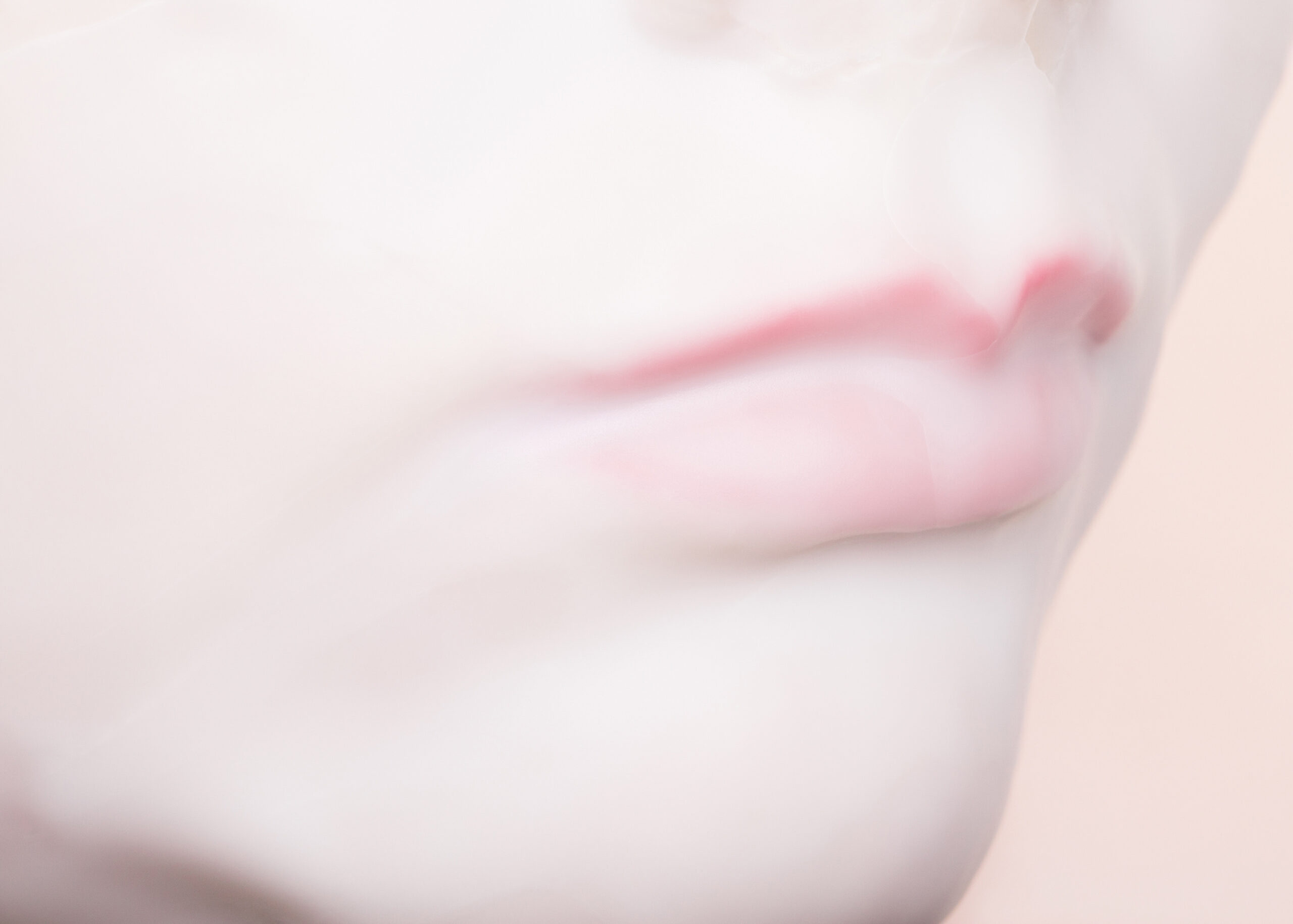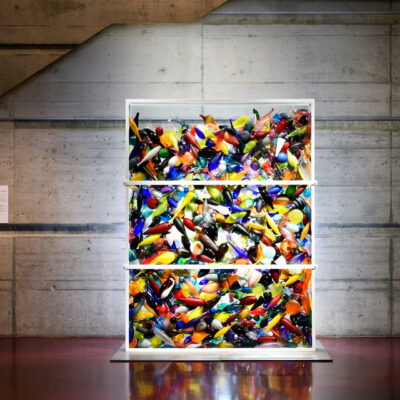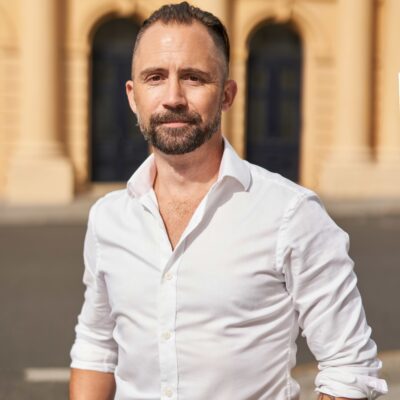Marta was born in 1987 in Lublin, Poland and she has an MFA in Photography, as well as in Theatrology and Journalism. In her current work she explores the canons of feminine beauty and the pressure that contemporary society exerts on woman’s images. In 2016 she won one of the most prestigious photography awards – Prix HSBC pour la Photographie. She has said “my goal is to undermine the current beauty canon and the social pressure it entails, as well as the expectations towards the feminine image.”
Kristen Knupp: Tell me about your work at Gowen Contemporary, what images are you showing?
Marta Zgierska: At Gowen Contemporary I present my new series Afterbeauty and Votive Figure, and also a few pieces from the Post and Drift series. My new works are focused on current subjects connected with femininity and the beauty market and how our perception changes everyday because of Instagram and social media and how we are curated by the media. I am often playing with form and aesthetics of images to mark the meanings inside. I am working in a process that is performative, and playing with the contrasts in the final images. At the moment I don’t record the process but I focus on the final image.
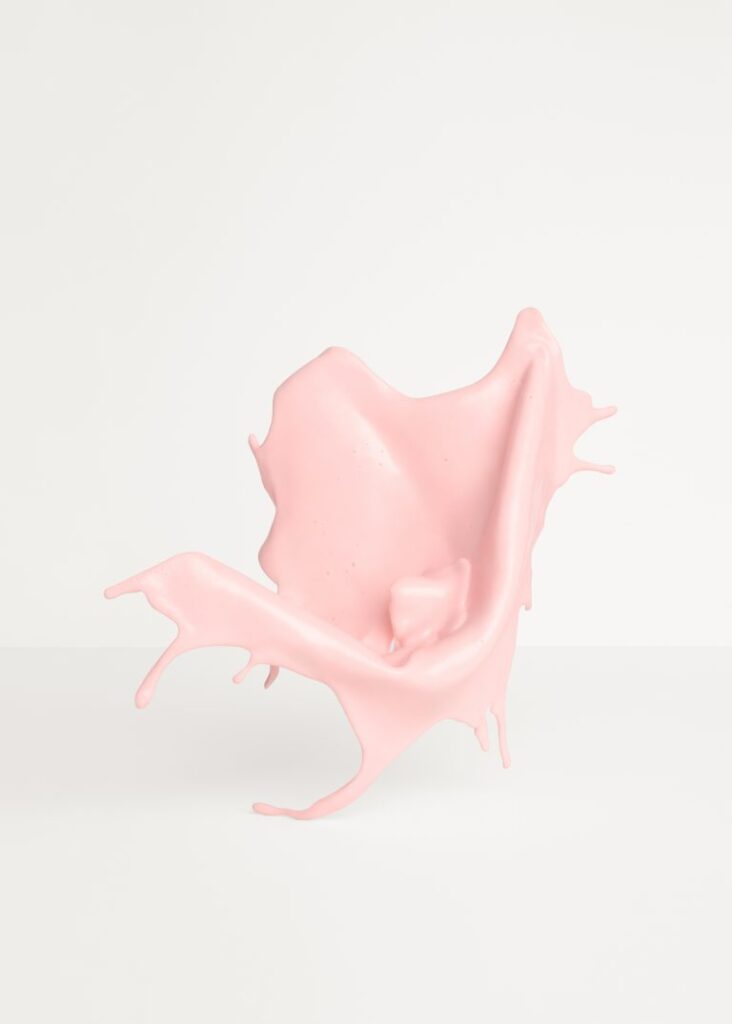
With Afterbeauty I decided to use beauty masks as a material to build some kind of objects and I put the face masks on my own face in a long process, one after another. It is also connected with my previous works where I often covered my face using plaster or other materials. In this way it connects to creating a self-portrait.
It is important that I used the waste of the masks, but not in an obvious way. I hid traces of my face, so no one can tell what material it is at first. My aim is to create something that in the first impression is very beautiful and pretty without any deeper meaning. The first look is about the form of the mask which could be a sculpture or another aesthetic form.
The basis for my artistic practice is always a private motivation, especially since the Post series which focused on neurosis and fears after a serious car accident that I had. After Post I changed my interests to a subject of “beauty” because of inputs from society. As an adult woman I should be ready and well-prepared every day. But I am not so good in everyday life. I also have a big influence from behaviours I have seen on Instagram which have changed the way we act. Now we present ourselves in a certain way and we care about what other people think of us. We use our body as an advertisement to try to be famous and recognised.
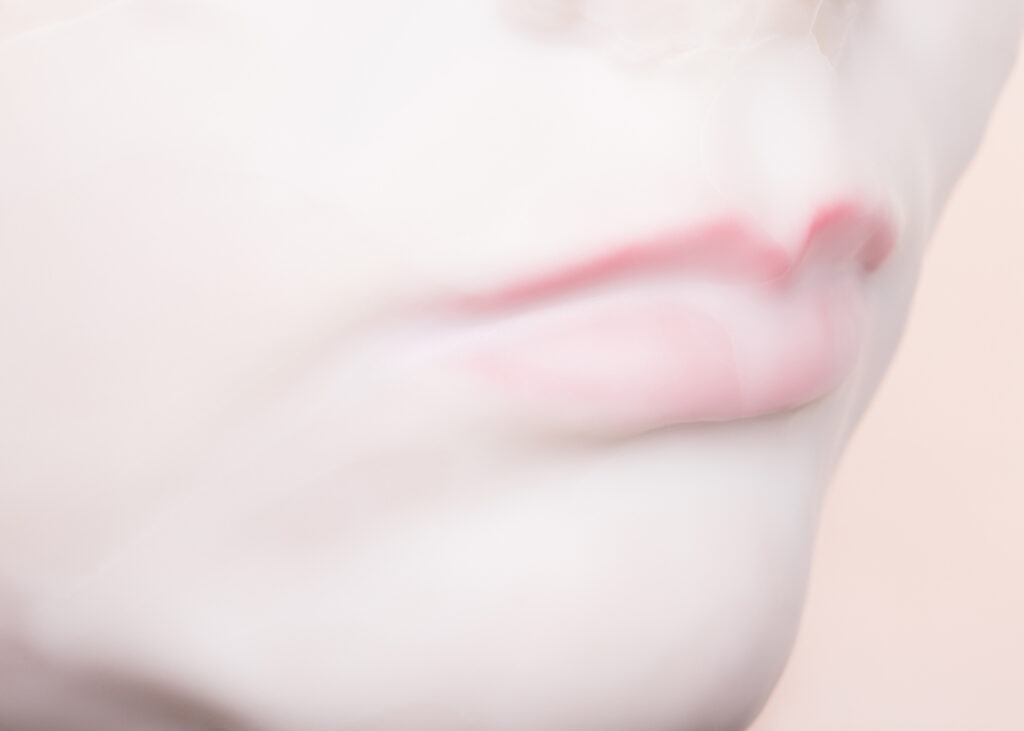
KK: Is this work concerned with a conflict between internal thoughts and outer beauty and our perception by others?
MZ: Yes, but more about how we ourselves perceive the world. The colors are natural for these masks, they come in these beautiful pastel colors. I also coloured the frames the same as the masks, because it is about creating a package, just as the beauty industry does, that looks good from the outside. Many people can just stop on this layer and not look any deeper. I use the language of media and advertisement to attract people.
I have created a book “Afterbeauty” with my works. It looks like a cosmetic catalogue, with a pink sparkly cover. I chose it very carefully because I would like it to tell about our perception today.
KK: What is the motivation behind the Votive Figure series? You have said “In the modern world, Beauty is god. A deity that requires frequent sacrifice.”
MZ: In the Votive Figure series I give my body as a sacrifice to beauty. In this way I am trying to show how we sacrifice ourselves in every day life to be fit, trendy, look nice, etc. When I sacrifice my body I cover it in wax, a traditional material of votive figures, offered or burned in religious rituals. The process is quite dangerous (sometimes I can’t breathe), painful and ugly. But in the final effect the body encased in wax, looks like a candy. Once the body is covered with a wax layer, all the body’s imperfections are covered up and made pure.

This contrast between process and form, is a continuation of the reflection that I started in the Afterbeauty series – about the beauty in the perspective of the condition of modern humans. Two works from the Votive Figure series, titled Selfkiss, are particularly related to our self-presentation and the time we spend presenting ourselves, and even the trend of making a pout on Instagram, and how this trend has changed our lives.
There are many subtle meanings in this work. The liquid wax is changing to a solid in a flash. To a large extent it is work about mortality and the fragility of the human body.
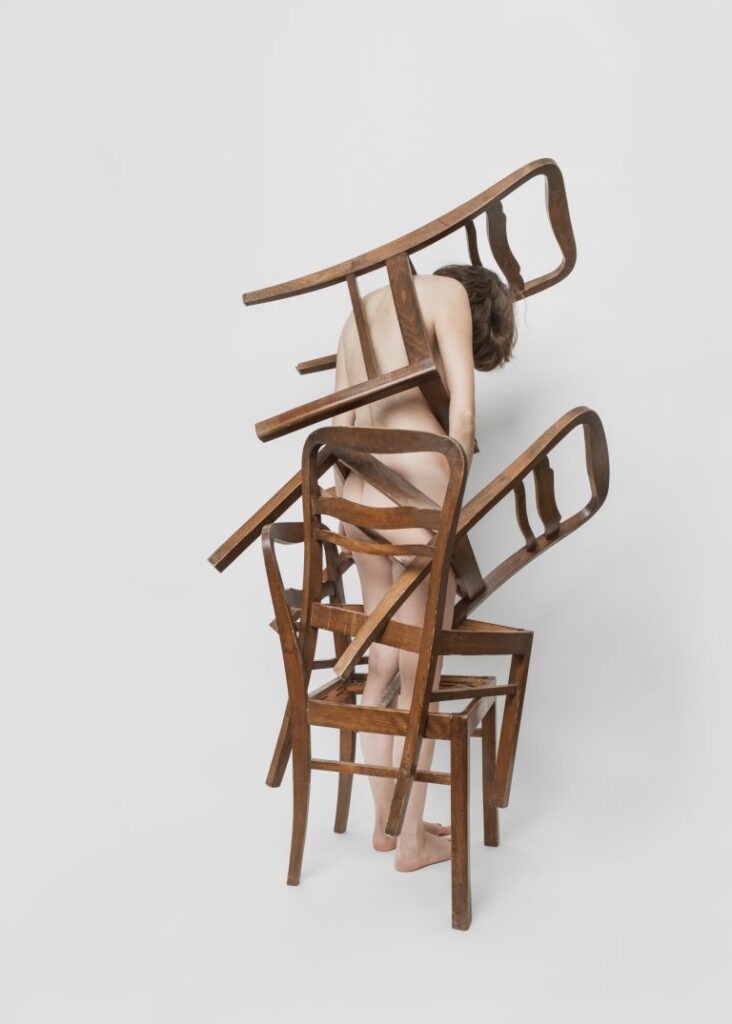
Thank you to Marta Zgierska and Gowen Contemporary for this interview which was first published in October, 2019.
